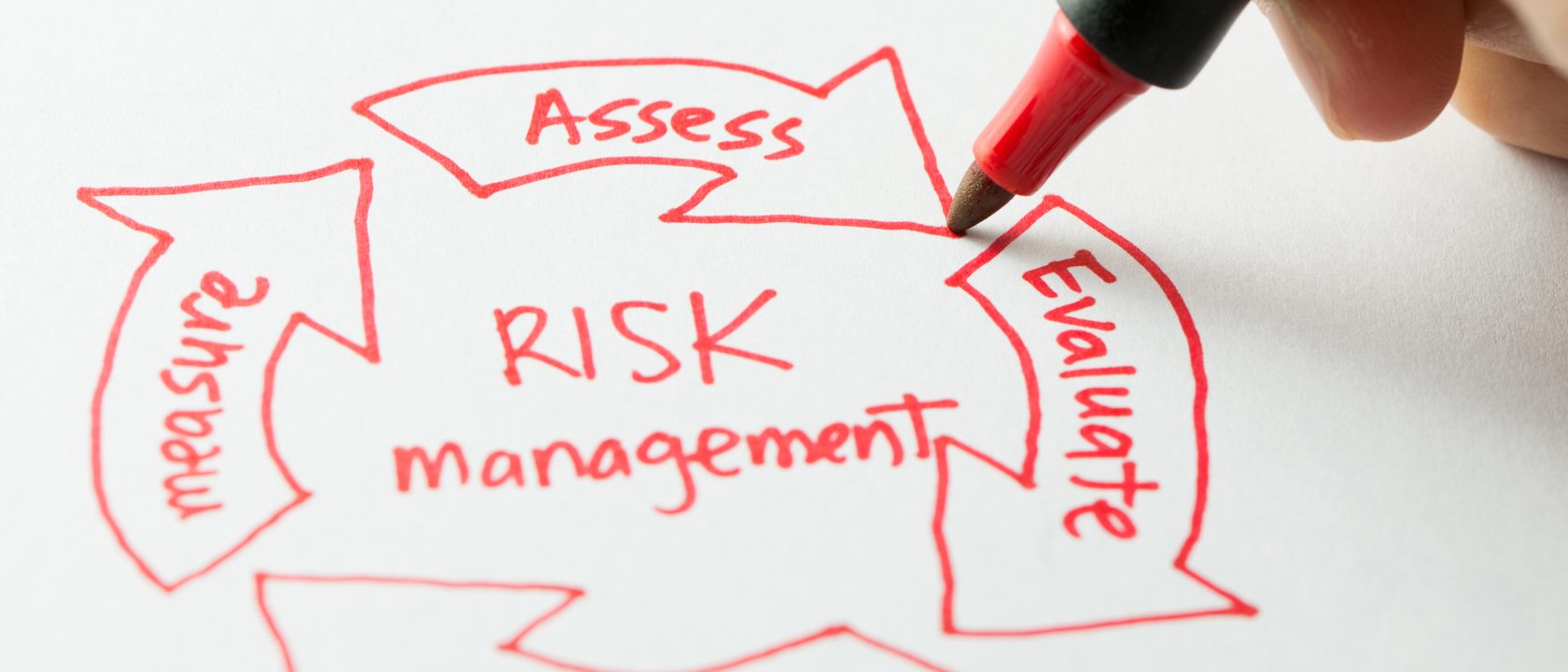
What is risk management?
Risk management, in terms of fund management, describes the process of analyzing and quantifying the potential losses in a portfolio or fund, then taking the appropriate steps necessary to mitigate these losses based on the funds’ objectives and risk tolerance. Traditional forms of risk management include taking into account credit risk (accounts for lower or underrated securities), commodities risk (accounts for uncertainty in the price of commodities), liquidity risk (how long it may take for a fund to liquidate its assets), etc.
Sustainable risk management, on the other hand, takes into account risks associated with environmental, social, or governance factors. Physical impacts of climate change or risks related to the transition to a lower carbon society are some of the risks considered under sustainable risk management. For example, as extreme weather events become more frequent and intense due to climate change, supply chains get disrupted and affect the amount of outputs that a business can produce. Accounting for the physical risks of climate change helps mitigate potential losses and enhances overall resilience for the business.
Sustainable Risk Management Activities
What a fund claims in terms of risk and how they actually go about assessing these risks are two different issues. While sustainable risk management is still in its infancy, there are multiple ways in which portfolio managers can assess these sustainability risks in their own portfolios.
Some of the more common methods for assessing sustainable risk management include a climate scenario analysis and creating sustainable limits by sector, average ESG score, etc. Climate scenario analysis is when a set of assumptions is made about the type of actions society will take in order to mitigate climate change, and how those actions may affect future investment. There are other activities portfolio managers undertake in terms of sustainable risk management, such as:
- Stress Test: Evaluates a portfolio against underlying sustainability issues, and how to best mitigate for these potential issues
- Ex-ante: Assessing for potentially harmful securities in terms of sustainability, and excluding those securities from portfolios as a result
- Indicators: Using a set of sustainability performance indicators to assess the current sustainability of a given portfolio
Unfortunately, it’s not very common for asset management companies or portfolio managers in general to disclose the type of activities they undertake in terms of sustainable risk management, as they’re only required to make note of the type of risks their investors should expect by investing in their portfolio. Luckily some regulatory bodies are taking action, with the FED substantially elevating the priority of climate-related risk in their regulations and the SEC moving towards a mandate that’ll increase climate risk disclosure. The Global Climate Risk Disclosure Barometer also provides some insight on the state of climate risk disclosures today, with an average coverage of 70% of the Task Force on Climate-related Financial Disclosures (TCFD) recommendations across 1100+ companies. Companies are also continuously reporting on some of the main sustainable risk management activities they use in their sustainability reports.
Why Sustainable Risk Management is Needed
Sustainable risk management isn’t just useful for sustainability-oriented funds, it can be critical for traditional portfolio management as well. Given how much climate change affects the physical state of our environment, supply chains and consumer buying habits are sure to be disrupted as a result. Assessing for sustainability better prepares for these potential risks to one’s portfolios, and makes for a much stronger portfolio in the long run.
At Physis, we provide an intensive amount of sustainability information and tools available to asset managers. Through our innovative platform, investors can align their portfolios with the ESG issues they would like to address. Book a meeting with us today!
